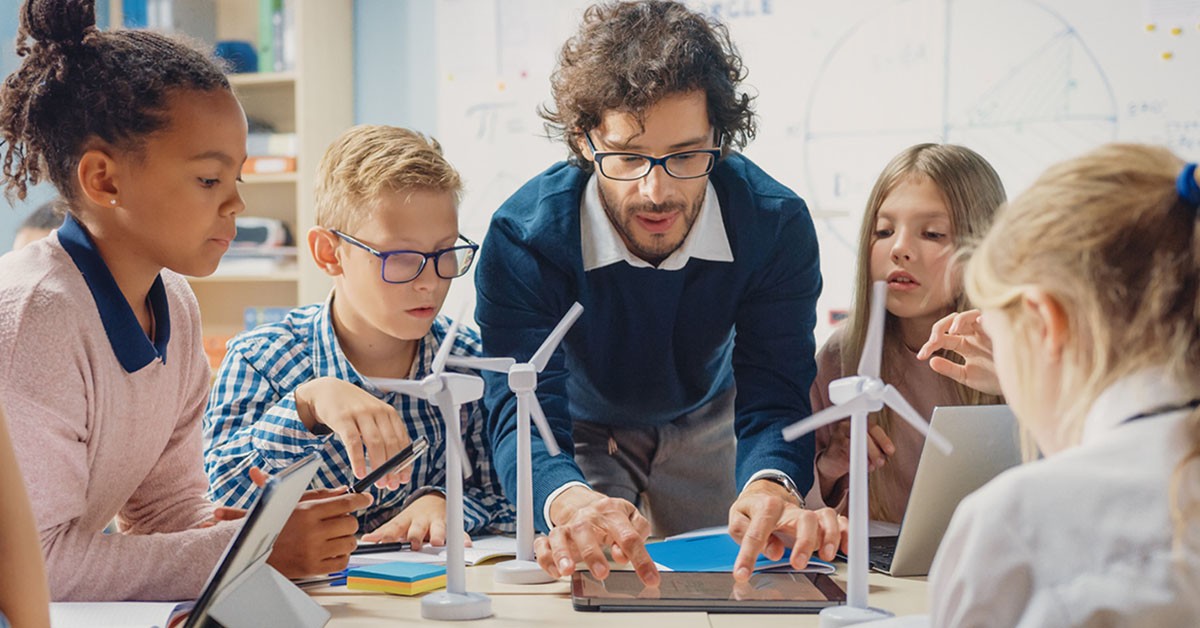The safety of our children is a top priority for parents, educators, and society as a whole. Among the many places where our children spend a significant portion of their time, Montessori stand out as vital institutions for their development and growth. Ensuring the safety of students in schools is paramount, not only for their physical well-being but also for their emotional and academic growth. In this blog, we’ll delve into the importance of school safety and explore various aspects of it, from physical security to mental health support.
- Physical Safety
a. Security Measures
One of the primary concerns when it comes to school safety is physical security. Schools must implement robust security measures to protect students from external threats. This includes controlled access points, surveillance systems, and emergency response protocols. Security personnel, such as school resource officers, play a crucial role in maintaining a safe environment.
b. Emergency Preparedness
In today’s world, schools must be prepared for various emergencies, including natural disasters, fires, and, unfortunately, even acts of violence. Regular drills and training sessions are essential to ensure that both students and staff know how to respond effectively in these situations.
- Mental and Emotional Well-being
a. Bullying Prevention
Bullying can have long-lasting, detrimental effects on a child’s mental and emotional health. Schools must create a culture of respect and kindness, and implement anti-bullying programs to prevent such behavior. Educators and counselors should be vigilant in identifying and addressing instances of bullying promptly.
b. Counseling Services
Providing access to counseling services within schools can be a crucial component of ensuring the mental and emotional well-being of students. Many children face personal challenges, and having a support system within the school can help them navigate these difficulties effectively.
- Cybersecurity
In today’s digital age, the safety of students extends into the virtual world. Schools must invest in robust cybersecurity measures to protect students’ data and privacy. Teaching digital literacy and responsible online behavior is also essential to safeguard students from cyberbullying and online predators.
- Health and Wellness
a. Nutrition and Physical Activity
Ensuring that students have access to nutritious meals and opportunities for physical activity promotes their overall well-being. Schools can play a role in teaching students about healthy lifestyles and the importance of exercise and nutrition.
b. Health Services
Having a school nurse or health clinic on-site can address immediate health concerns and ensure that students receive necessary medical attention promptly. This is especially important for students with chronic health conditions.
- Collaboration and Communication
Effective communication among students, parents, educators, and the community is vital for maintaining school safety. Schools should have channels for reporting concerns, and parents should be informed about school safety protocols and initiatives.
Conclusion
The importance of school safety cannot be overstated. Protecting our children’s physical, mental, and emotional well-being is a shared responsibility that involves educators, parents, students, and the community. By focusing on physical security, mental and emotional support, cybersecurity, health and wellness, and effective communication, we can create safer and more nurturing learning environments for our children. Ensuring school safety is an investment in our children’s future, allowing them to thrive academically and personally.
